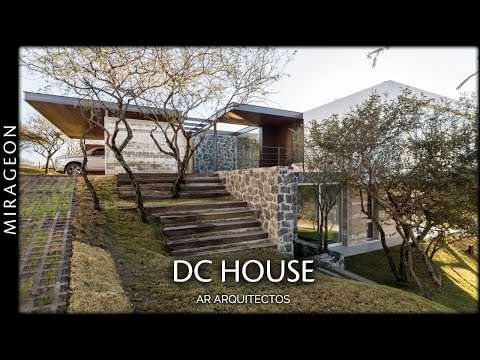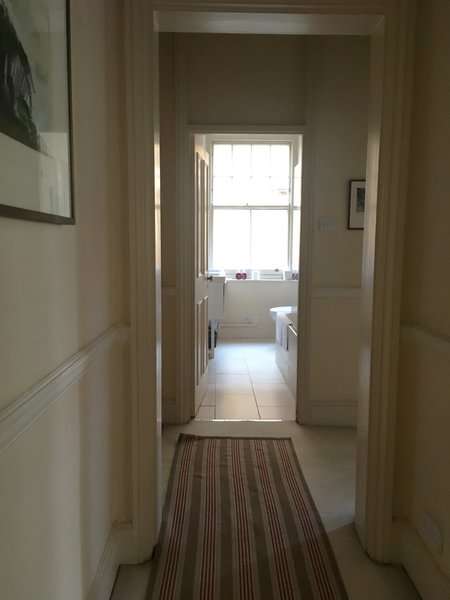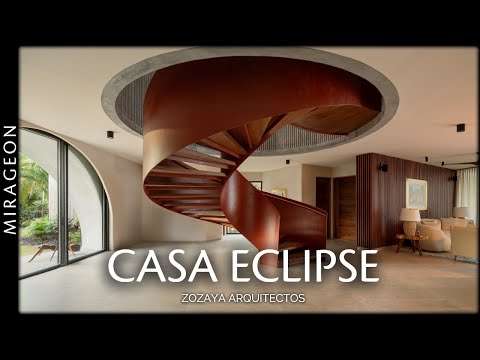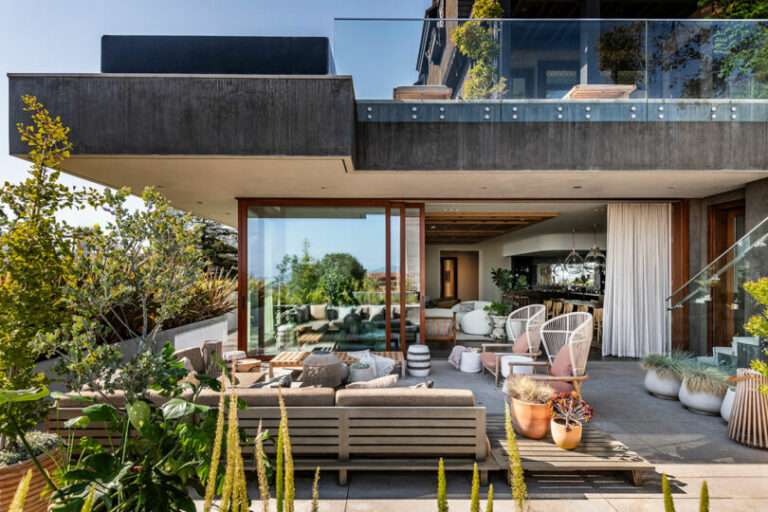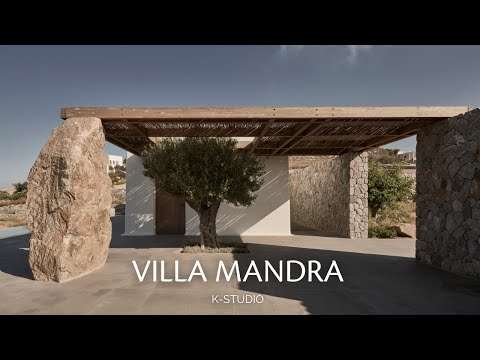Jungle Keva Tulum is a top-rated specialty boutique hotel recently featured in Architectural Digest Mexico's 2019 Anniversary Edition. We provide a very personalized service and have spared no expense to ensure every detail has been considered and fine-tuned to give our guests an experience of a lifetime. Our food is locally sourced and lovingly prepared, our amenities, tours, and services have been handpicked and vetted to ensure satisfaction and enjoyment.
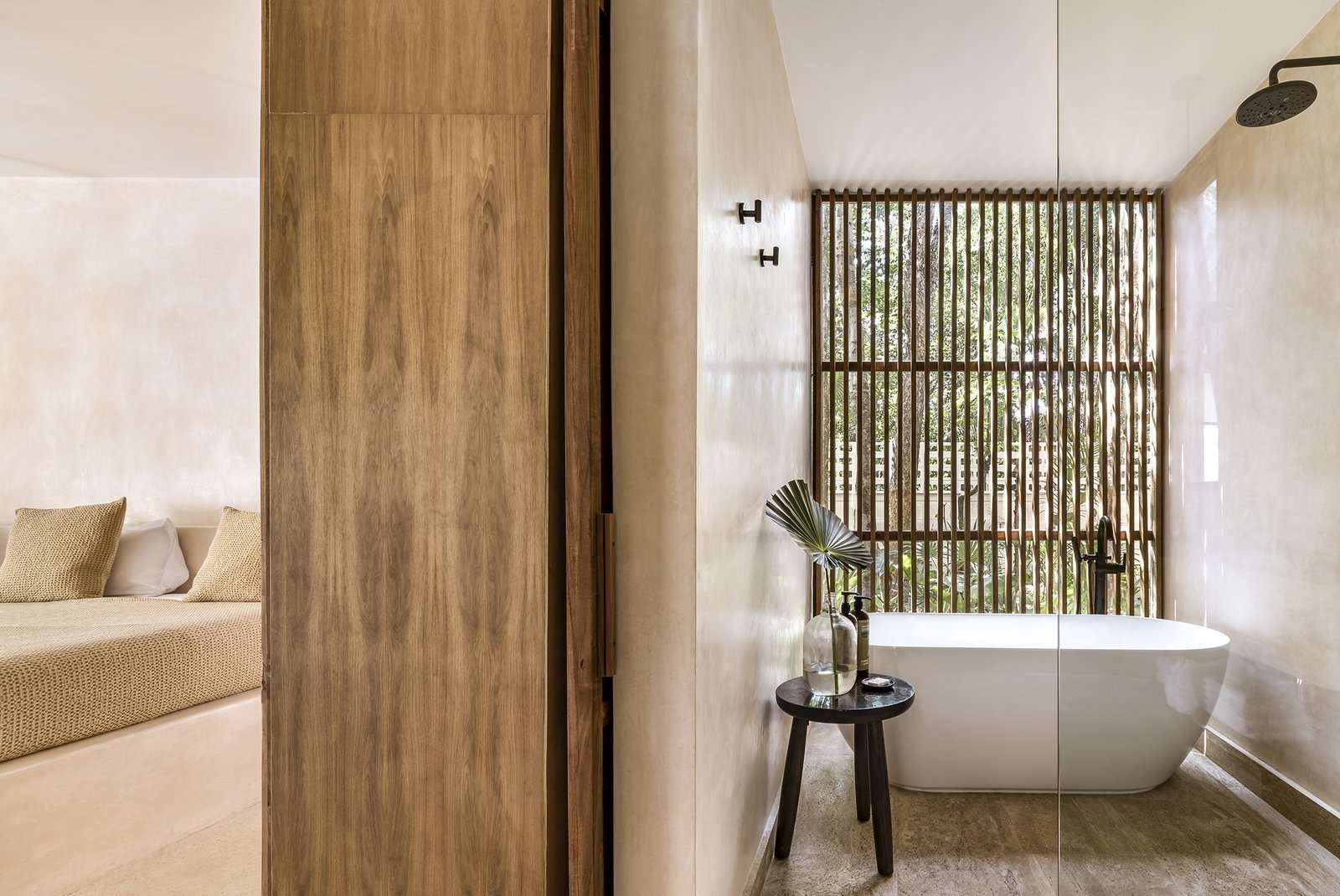
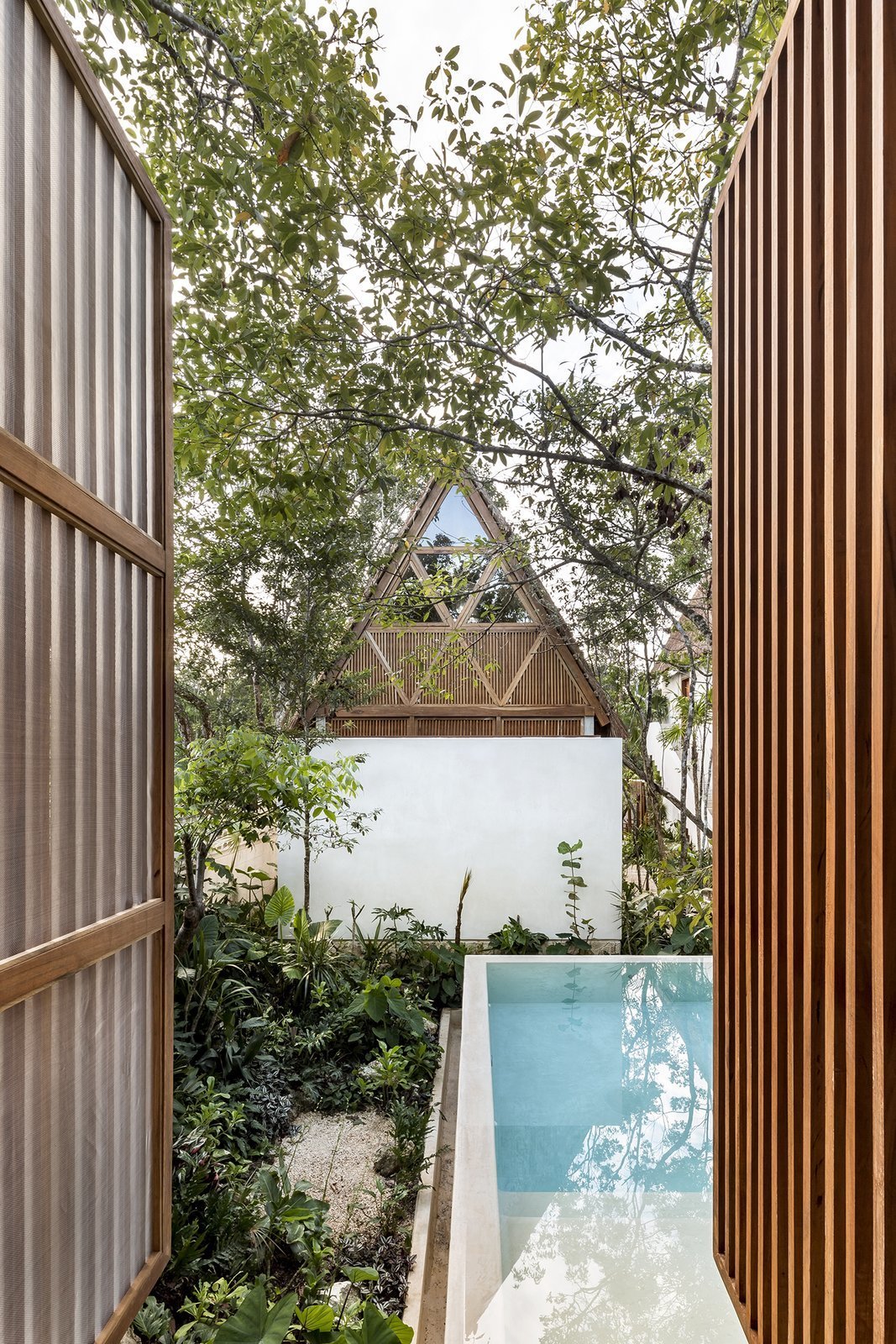
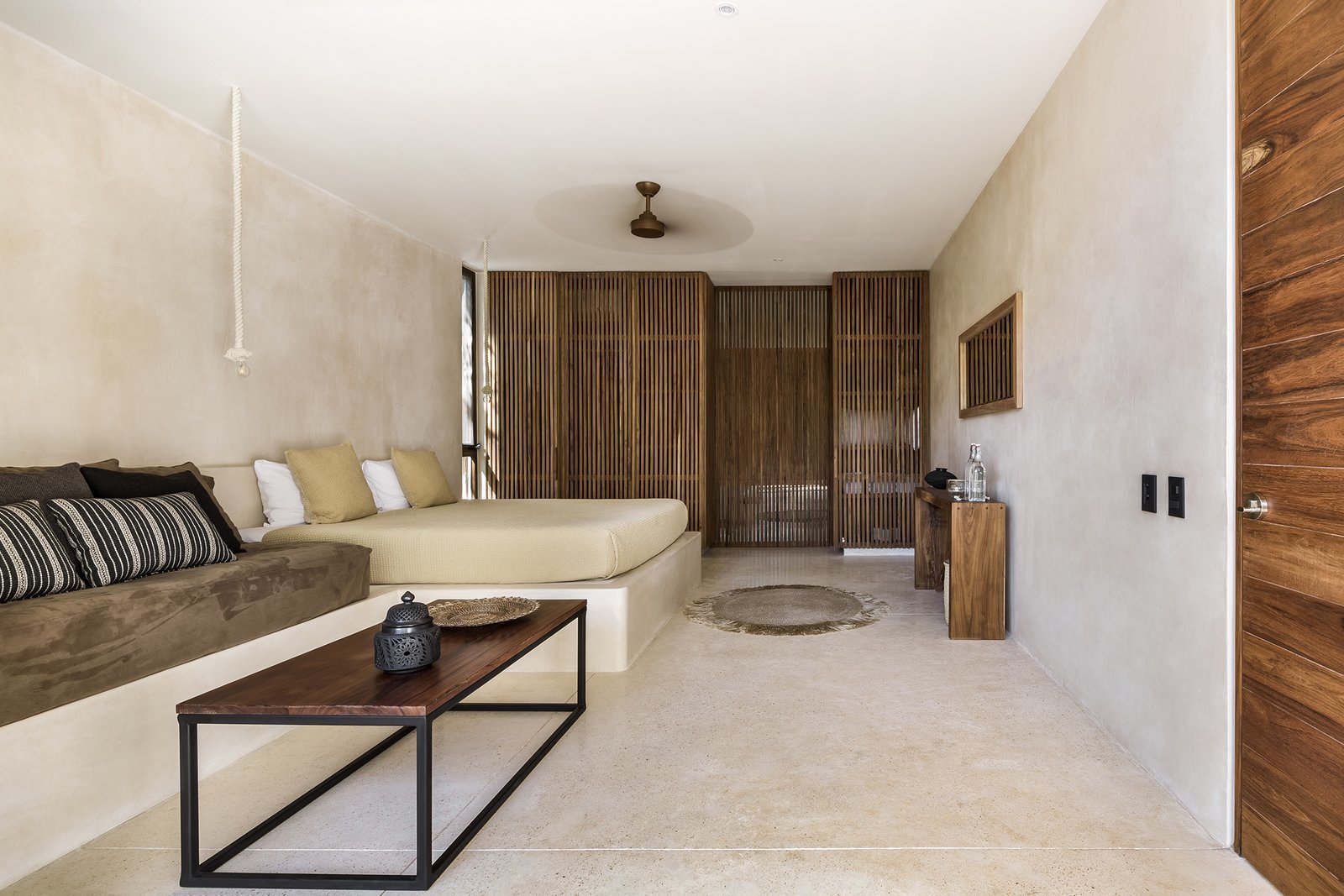
See more on Dwell.com: Jungle Keva Tulum – Tulum, Quintana Roo, Mexico
Homes near Tulum, Quintana Roo, Mexico
- Jungle Keva
- Casa Malca
- Casa Pueblo Tulum
